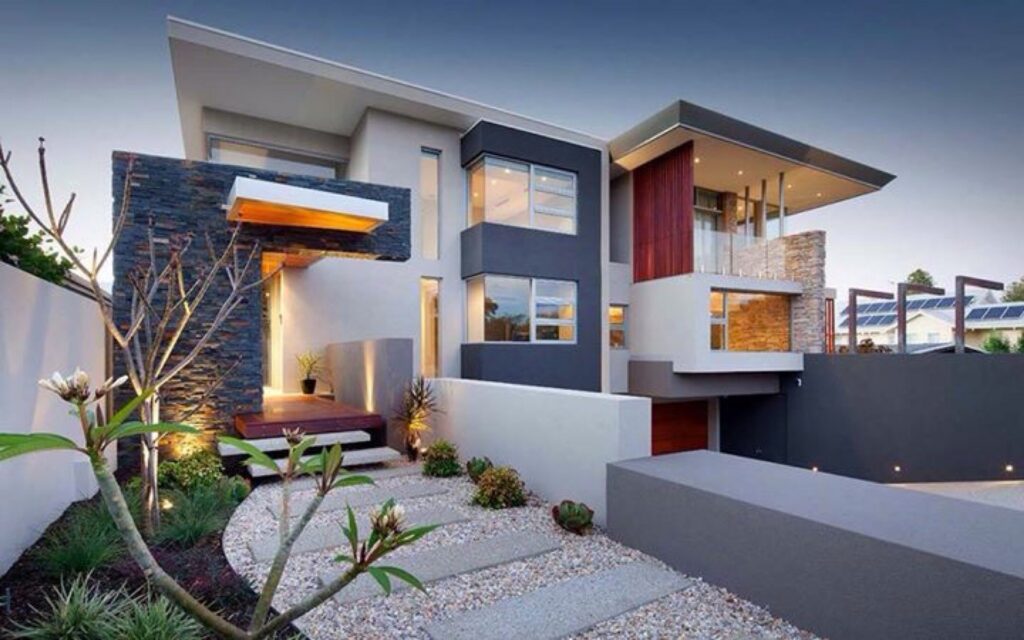Mid-century modern style brings back the sleek, minimalist designs of the 1950s-1960s. With open floor plans, ample windows, clean lines and geometric shapes, these homes epitomized 20th century modernism. However, decades later, many mid-century houses feel dated and worn. Victory Home Remodeling in Bellevue WA specialists share creative ideas to restore these retro homes to their former glory.
Assessing Your Mid-Century House
Before remodeling a mid-century home, carefully evaluate which elements need updating. Pay attention to layout, materials, lighting and storage solutions. Consider how you can enhance livability and functionality while preserving the intended design aesthetic. Protect any defining historic features like stone walls or beam ceilings. Blend structural changes seamlessly with the existing architecture.
Modernizing Through Open Concepts
Many mid-century homes featured compartmentalized floor plans with small, closed off rooms. Open concept layouts create free-flowing shared living areas which better suit most family’s lifestyles today. Knocking down walls between the kitchen, dining and living rooms facilitates natural lighting and sightlines. However, balance openness with some privacy and intimate spaces. Preserve at least one defined room as a quiet retreat or home office. Transformative sliding doors or pocket partitions maintain flexibility.
Refreshing Through Material Contrasts
Painted brick, wood paneling and linoleum floors signal dated mid-century interiors. Yet you can refresh these surfaces affordably. Crisp white paint revives dark brick fireplaces and yellowed cabinetry. Contrast the existing wood by staining beams, built-ins and floors in on-trend black. Replace worn linoleum with wood-look porcelain or laminate planks. Glossy subway tiles and patterned fabric roman shades add playful pops of color and texture. Updating materials creates a clean, contemporary look while retaining the home’s retro bones.
Enhancing Storage for Modern Living
Mid-century homes typically lack sufficient storage space. Their minimalist style prized sleek lines over functionality. Creative custom built-ins help regain practical storage capacity. Bookcases with concealed cabinetry maximize unused nooks. Window benches with lift-up seats double as smart storage chests. For the kitchen, extend cabinetry to the ceiling and divide deep pull-out drawers into handy compartments. In the entryway, build a wall system of open and closed storage to organizing everything from shoes and hats to bags and pet supplies.
Letting In Light Through Walls of Windows
Abundant natural light signified cutting edge design during the midcentury era. Large picture windows, clerestories and skylights ushered the outdoors in. Unfortunately, aging single pane glass and dated frames reduce visibility over time. Replacement windows gain modern insulation and energy efficiencies too. Maintain the original window configuration but upgrade to commercial grade aluminum frames and low-emissivity glass. Strategically placed new skylights brighten darker hallways and interior rooms. Window walls blur boundaries between indoor/outdoor living.
Contrasting Yesterday’s Shapes With Today’s Lines
The mid-century aesthetic focused on geometry. Hexagons, triangles, circles and diagonals added visual interest through patterns and angles. Now you can overlay those distinctive shapes with current design trends. For example, play zigzagging hexagonal floor tiles against clean lines of rectangular wainscoting. Circle back to triangular accents in contemporary pendant lights, ceramic tables and abstract art prints.
Gleaming Surfaces For Sleek Style
Polished and gleaming surfaces epitomize mid-century modernism. Nicknamed the “Contemporary” style, everything appeared bright, glossy and new. Yet decades of wear and tear often leave these homes looking dingy and dated. Refinished floors, lacquered built-ins, metallic tile backsplashes and glass doubledoors restore shine. Seamless solid surface countertops evoke vintage Formica. Mirrors strategically placed to reflect light and views add modern spaciousness to modest rooms.
Restoring a mid-century home blends the architecture of yesterday with the lifestyle needs of today. Balance showcasing the structure’s significant historic design elements against making desired layout and material upgrades. With careful planning and inventive improvements, you can revitalize a mid-century house to suit a 21st century family. Part preservation, part renovation and part innovation—the ultimate refreshed modern remix.







